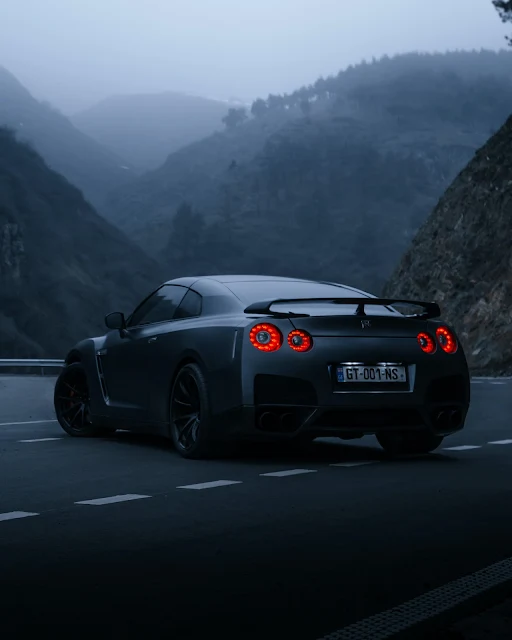The Nissan Jonga is a four-wheel drive vehicle that was produced by the Vehicle Factory Jabalpur (VFJ) in India from 1969 to 1999. It was based on the Nissan Patrol 60, and it was originally designed for the Indian Army. JONGA is an acronym for Jabalpur Ordnance aNd Guncarriage Assembly, a tough Nissan vehicle manufactured under license by the Vehicle Factory Jabalpur, in India.
The Jonga was powered by a 4.0-liter petrol engine that produced 145 horsepower. It had a top speed of 80 mph and a range of 350 miles. The Jonga was known for its ruggedness and reliability, and it was used by the Indian Army for a variety of purposes, including troop transport, ambulance, and gun carrier.
Nissan Jonga - Nissan Image courtesy Dollar Gill, unsplash
In the 1980s, the Jonga was also made available to civilians. It was popular with off-road enthusiasts and those who needed a reliable vehicle for rural areas. The Jonga was discontinued in 1999, but it remains a popular vehicle among collectors and enthusiasts.
Here are some of the key features of the Nissan Jonga:
• Rugged construction
• Reliable engine
• Good off-road capability
• Available in both civilian and military versions
The Nissan Jonga was a popular vehicle in India for many years. It was known for its rugged construction, reliable engine, and good off-road capability. The Jonga was also available in both civilian and military versions, making it a versatile vehicle that could be used for a variety of purposes.
The Jonga was discontinued in 1999, but it remains a popular vehicle among collectors and enthusiasts. It is a reminder of a time when Indian cars were built tough and meant to last.
Design and Build
The Nissan Jonga is built to withstand the toughest of terrains, with a robust and durable design that can take on anything the outdoors can throw at it. The vehicle's body is made of high-strength steel, which provides excellent protection against impact and damage. The front grille is designed with a unique "V-motion" design, which not only adds to the vehicle's aggressive look but also improves airflow and reduces wind noise.
The Jonga's exterior is also equipped with a range of features that make it perfect for off-road adventures. The vehicle has a high ground clearance, which allows it to navigate rough terrain with ease. The approach and departure angles are also designed to be steep, allowing the Jonga to climb up and down steep inclines with ease. The vehicle's large tires are designed to provide excellent traction and grip on a variety of surfaces, from sand to rocky terrain.
Here is a more detailed look at some of the features of the Nissan Jonga:
• Design: The Nissan Jonga has a boxy design that is typical of military vehicles. The car is made of heavy-duty steel, which makes it very rugged. The Jonga has a high ground clearance of 222mm, which makes it ideal for off-road driving.
• Powertrain: The Nissan Jonga is powered by a 4.0-liter petrol engine that produces 145 horsepower. The engine is paired with a 4-speed manual transmission. The Jonga has a top speed of 80 mph and a range of 350 miles.
• Interior: The Nissan Jonga has a spartan interior that is typical of military vehicles. The car has bench seats that can seat up to 8 people. The interior is made of hard-wearing materials that can withstand the elements.
• Features: The Nissan Jonga comes standard with features such as a winch, roof rack, and fog lights. The car is also available with a variety of optional features, such as a sunroof, air conditioning, and a stereo system.
Off-Road Capabilities
The Nissan Jonga is designed to take on even the toughest off-road terrain. The vehicle's four-wheel-drive system is designed to provide maximum traction and control, even in the most challenging conditions. The Jonga's high ground clearance and approach and departure angles make it easy to navigate steep inclines and rough terrain. The vehicle's large tires are also designed to provide excellent traction and grip, even on slippery or uneven surfaces.
The Nissan Jonga is a rugged and reliable vehicle that was popular in India for many years. It is a reminder of a time when Indian cars were built tough and meant to last.

















